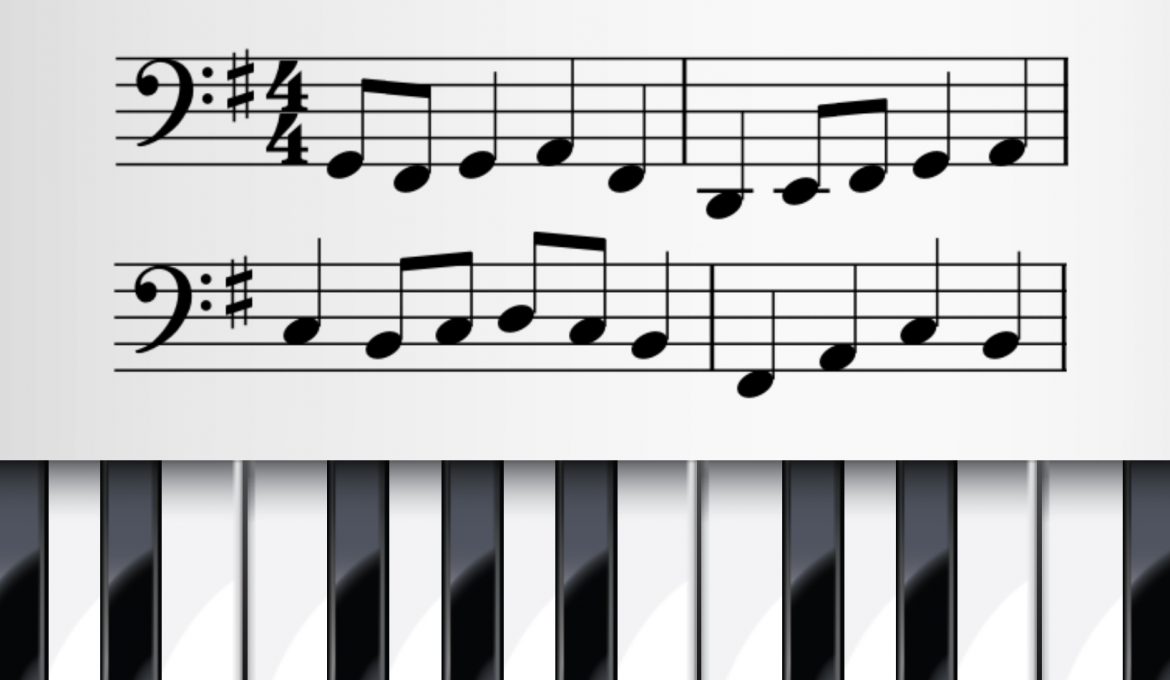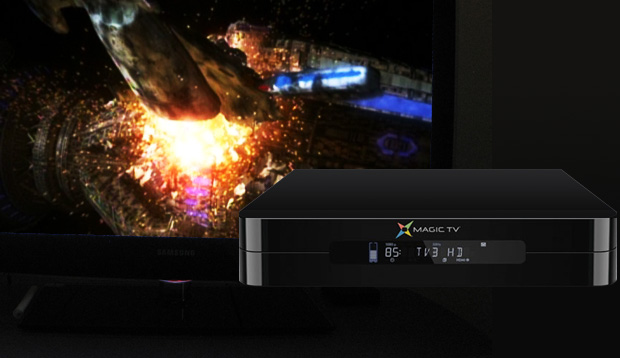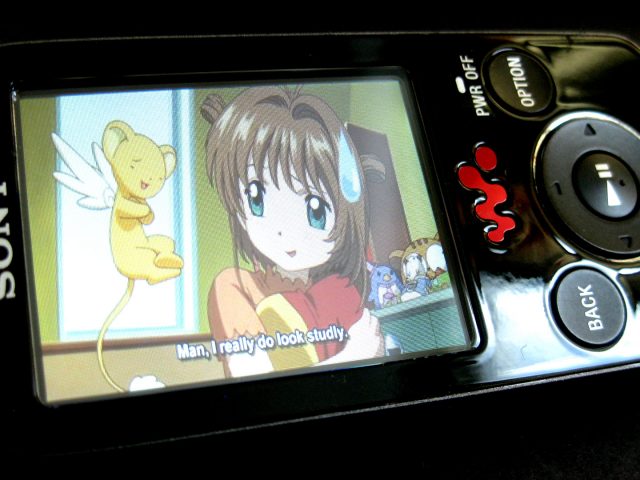Ever since we watched a childhood friend perform on the classroom piano, we’ve liked the piano. There is something cool about it. We can’t quite pinpoint what that something is though: maybe it’s the beautiful sound it creates or the way it can evoke emotions in the listener when played expertly or maybe it’s the skill of mastering the piano we look up to, we’re not too sure. What we do know is that for a long time, we’ve been trying to read up music theory—or rather we’ve attempted to read up music theory so that we could begin to learn to read music (and not rely on video piano tutorials to learn songs) and play more songs on the piano.
Up till recently, we’ve failed to learn and understand sheet music. Past searches online came up with information that either didn’t go far enough, went much too far that it brought on headaches or wasn’t focused enough. We’ve let it be for a while now and accepted that perhaps we were never going to be able to understand sheet music (and play all those songs from TV series we wanted to play); but then we had this idea of searching the iTunes Apps store. There’s all kinds of useful things in there; there’s got to be someone who’s developed a great app to help people learn to read sheet music.
There was: we found three developers of apps that finally helped us learn and begin to understand sheet music. (Never be defeated! : oP : oP) Though the apps do not cover everything there is to know, we were able to pick up at least one piece of sheet music and understand it from beginning to end.
If you’ve been wanting to learn to read sheet music and found online material confusing or didn’t go far enough, we recommend giving the first three apps—if not all four apps—a try. Together, they cover a wide number of topics in music theory, rhythm and sight reading. (Note: they are all paid apps, but they are worth the purchase.)
1. Music Theory for Beginners by MusicRoom
This app covers quite a lot of important areas in music theory. Some of the theory it covers include: treble and base clefs, accidentals, time signatures, expressions, slurs, ties, repeats and pickups. When you finish reading, you’re led to the quizzes where it’ll get you to answer multiple choice questions on what you’ve read; sometimes it’ll get you to play on the piano or it’ll ask you to tap on a drum to test your rhythm. We found that this app included exactly the kind of information we’ve been so confused about whilst reading websites. The information is concise and just enough to get us to understand many of the symbols and notations on sheet music.
There are some things that appear on sheet music that isn’t discussed in the app. For that, we returned to the Internet. We really like using Wikipedia’s List of Musical Symbols.
2. Sight Reading HD by Super Kiddo Studio
SightReading+ is a great app to help increase your speed in reading notes. It is an app that will display notes on the staff and you are required to press the note on the piano below. There is a progress tracking feature so you can see how much you have improved in accuracy and speed. We went in search of this app because we found that our speed in reading notes is incredibly slow. (The Music Theory for Beginners app which we recommended above does test your sight reading, but we found the timer which it had on was not very effective in helping us learn the notes we weren’t familiar with.)
3. Rhythm Sight Reading Trainer by Rolfs Apps
Rhythm Sight Reading is a fantastic app to help get you acquainted with rhythm and tempo. It’s a really simple app (it looks simple, too), but it really helps you get an understanding of the note lengths. What you are presented is a piece with notes (and rests) and you are required to tap the piece on a drum. You will have a metronome to keep you in time on the side. This metronome, you can change the tempo so you can get an idea of how speedy a piece is when you come across a piece with the tempo noted in the score.
4. Pianist Pro by MooCowMusic Ltd.
Pianist Pro is a piano that we downloaded for the iPad to practice on. This app is not necessary to help read music since it doesn’t have any information, lessons or quizzes. It’s just a piano for the device that you can practice sheet music on. It’s sort of hard to play the left-hand and right-hand together on the piano on an iPad, but it is helpful when one wants to practice one of the hands. This app does have a record feature, so when you get really great with reading music, rhythm and tempo, you could use it to record the right side then the left side and then store the song. (Pretty cool if you get that far!)
ADVERTISEMENT





